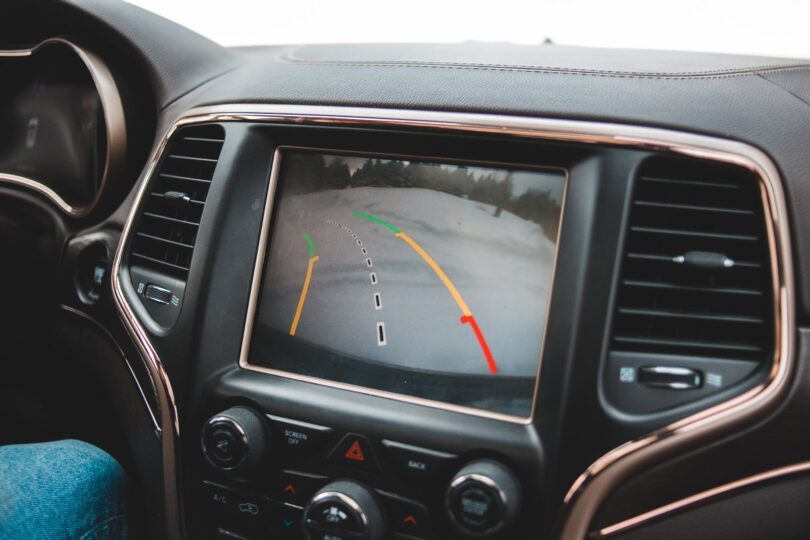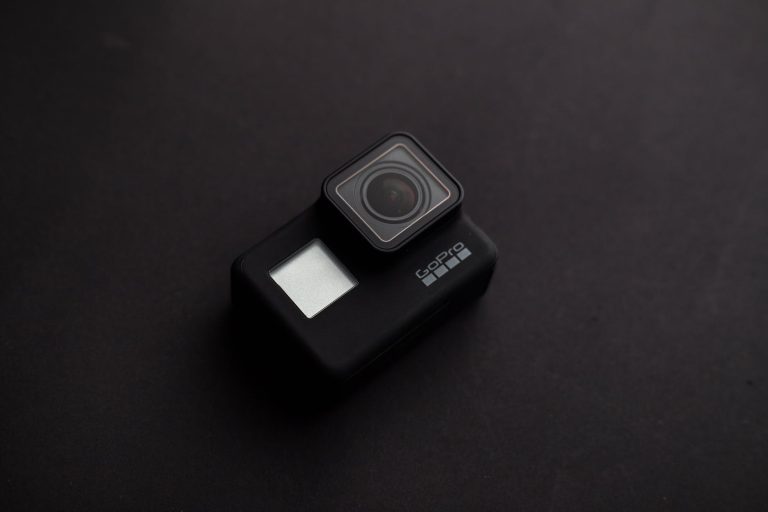![r/wallstreetbets - [LAZR] Luminar Technology DD 💰👀](https://preview.redd.it/ugvzf3vezr881.png?width=1439&format=png&auto=webp&s=b01f2f3e7fcdad86abeb84d47a7266c2f84c3071)
Luminar technologies $17.27
Self driving cars have a serious problem that needs to be solved before they are road capable. Self driving cars need to “see” the road and process what they see and then act accordingly to their surroundings. In specific conditions, like fog, rain, and night-time darkness, cameras simply don’t work, this is where LIDAR does well. LIDAR (Light Detection and Ranging) is essentially a high frequency laser radar that is accurate enough to see superior imagery at far distances, like echolocation with high definition. This leads most car manufacturers to trust LIDAR more than traditional cameras to sense their surroundings with some exceptions.
Production of LIDAR for cars is usually outsourced due to the complex nature and high performance needed of LIDAR systems to work properly. The function of LIDAR is so important for self-driving vehicles to work, and perfection of the LIDAR systems has been one of the major bottlenecks of autonomous vehicles rollout. The Cost, quality, and safety are all important things for automotive OEMs. The complete LIDAR system requires CPUs, APUs, complex sensors as well as high frequency laser technology, and advanced software all integrated into a package that Automotive OEMs cannot produce themselves, all the work will be outsourced to LIDAR companies like Luminar and Nvidia.
Luminar signed a major deal with Nvidia on Nov 9, 2023. The company will provide the LIDAR technology components of the Nvidia solution. We feel that this is a major development for Luminar which should drive strong future revenue, earnings, and cash flow growth, pushing the stock higher. This is a large step forward for Luminar in securing a major slot on the Nvidia platform which we feel will be adopted by major OEMs.
Nvidia announced the DRIVE Hyperion system for cars available in Q2 2023, which feature the Iris LIDAR system from Luminar Technologies. Luminars partnership with Nvidia should drastically increase revenues once Nvidia’s drive hyperion system is fully released.
The sum of LIDARs current customers include Polestar, Mobileye, Kodiak’s, Embark, Webasto, and Inalfa as global partner businesses that are integrating LIDAR systems into their cars, roofing systems and trucks. Volvo also has a deal to include LIDAR systems in their XC90 2023 standard model. Daimler also acquired a minority stake in the company and intends to stick with Luminar for production of LIDAR technology for their trucks.
The AV (Autonomous Vehicle ) market is expected to grow dramatically that the overall car market. Autonomous trucks, and taxis are going to grow in popularity, and will become a viable option when the technology enables easy installation and cheaper costs than a driver. Luminar wants to become the market leader in the personal AV market and the autonomous trucking industries.
![r/wallstreetbets - [LAZR] Luminar Technology DD 💰👀](https://preview.redd.it/03d8e2klzr881.png?width=975&format=png&auto=webp&s=249276cd5a0eddcb03ccf21b4395b3127f852225)
Luminar currently has a market cap of $5.64 billion, the largest in the LIDAR market. Competitors are all valued at around $900 million to $1.5 billion. All companies are competing to offer a cheap product that can still safely allow for autonomous driving.
Luminar is a few years away from becoming fully profitable as their technology is slowly implemented into the marketplace. In 2020 the company reported revenue of $13.95 million and a loss of $362.3 million and should report a significant operating loss in 2023 but much better than the numbers in 2020. The company has a cash reserve of $500 million from a recent financing, and almost no debt.
Luminar announced a stock buyback of $250 million of their stock on December 14th, 2023, causing the stock to jump 9%. Founder and CEO Austin Russell also bought shares in the open market totaling XXX Luminar Is down around 50% year to date and is around 2 years out from positive revenue through growth in product demand. It’s an interesting move at the moment to remove cash and buy stock, this is a good bullish indicator that the management team has faith in their product and expects the stock to increase in the future.
![r/wallstreetbets - [LAZR] Luminar Technology DD 💰👀](https://preview.redd.it/zfmdrjoszr881.png?width=975&format=png&auto=webp&s=67a35838c8f454c6fa0570c1acf159c2284ccd1e)
Luminar is set up to benefit the most from market growth due to their products’ relative price per unit and superior performance, and larger funding to continue R&D. Luminar products are expected to cost around $1000 per unit and be available for mass market adoption by all OEMs by the second half of 2023. The automotive lidar market is large enough to support multiple different players, and we feel Luminar has carved out a significant beach in both automotives and trucks.
Once concern is market competition from others to produce a LIDAR system more cheaply that could undercut the market for Luminar. A slowdown in the adoption of AVs through technical or legal difficulties could result in a slower timetable for revenue growth and hurt the bottom line.
We believe that Luminar’s lidar systems have multiple segments of growth on their side. One is the growing number of AVs in the marketplace due to consumer demand. Another is the deal with Nvidia that increases the amount of LIDAR content per car significantly. Thirdly, the adoption of Lidar in other end markets such as robotics (like robot-taxis), drones, and other segments of the economy will be quick to adopt cheap and reliable systems of lidar. The combination of these three major growth drivers should push Luminar’s revenue per share and earnings per share higher driving the stock much higher.
This article was written by u/toolbox_financial




